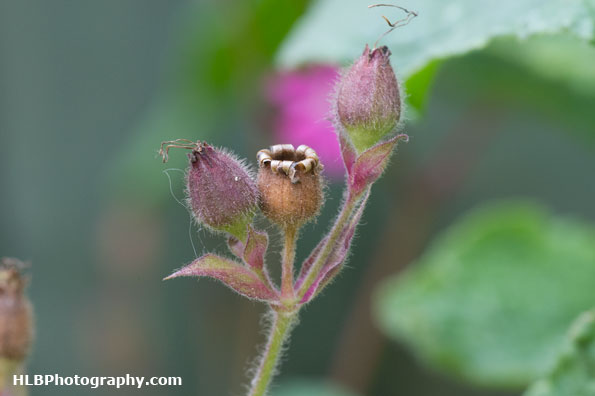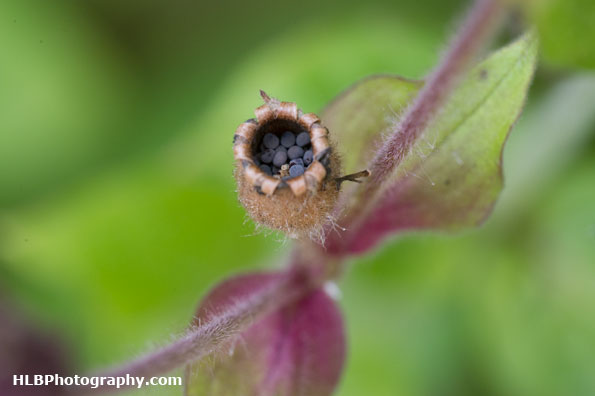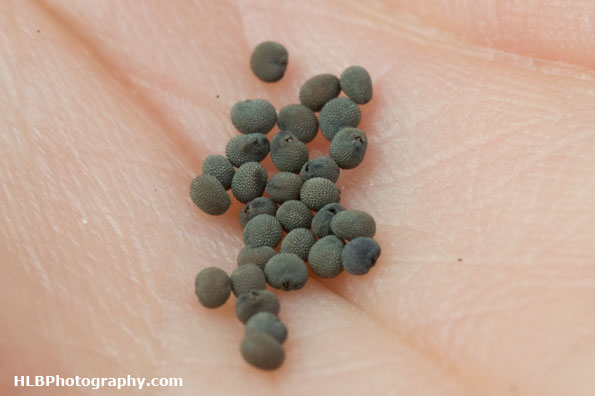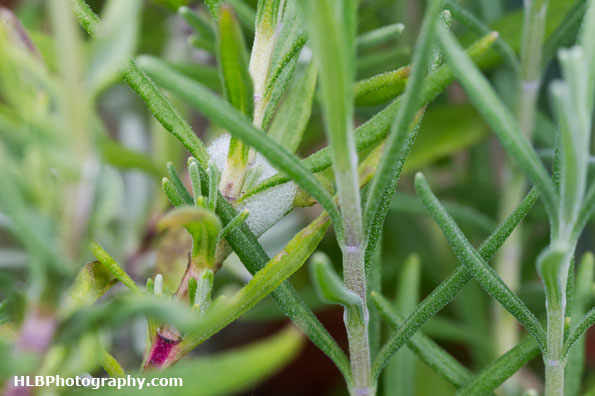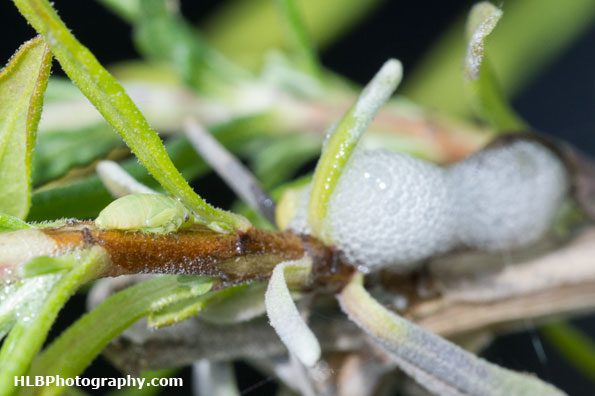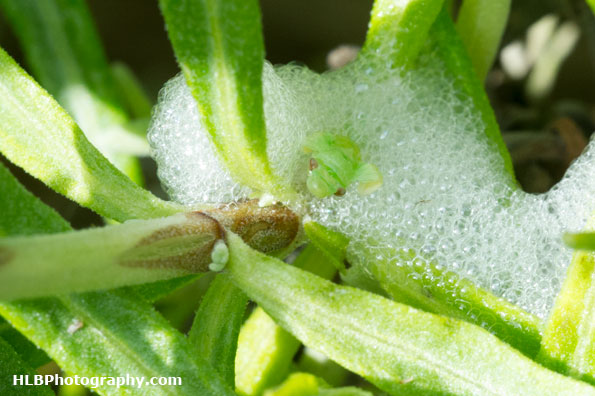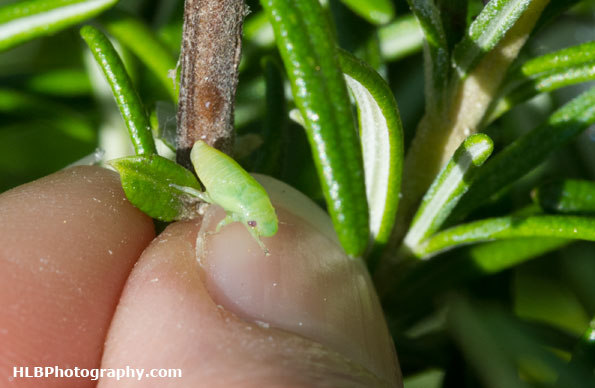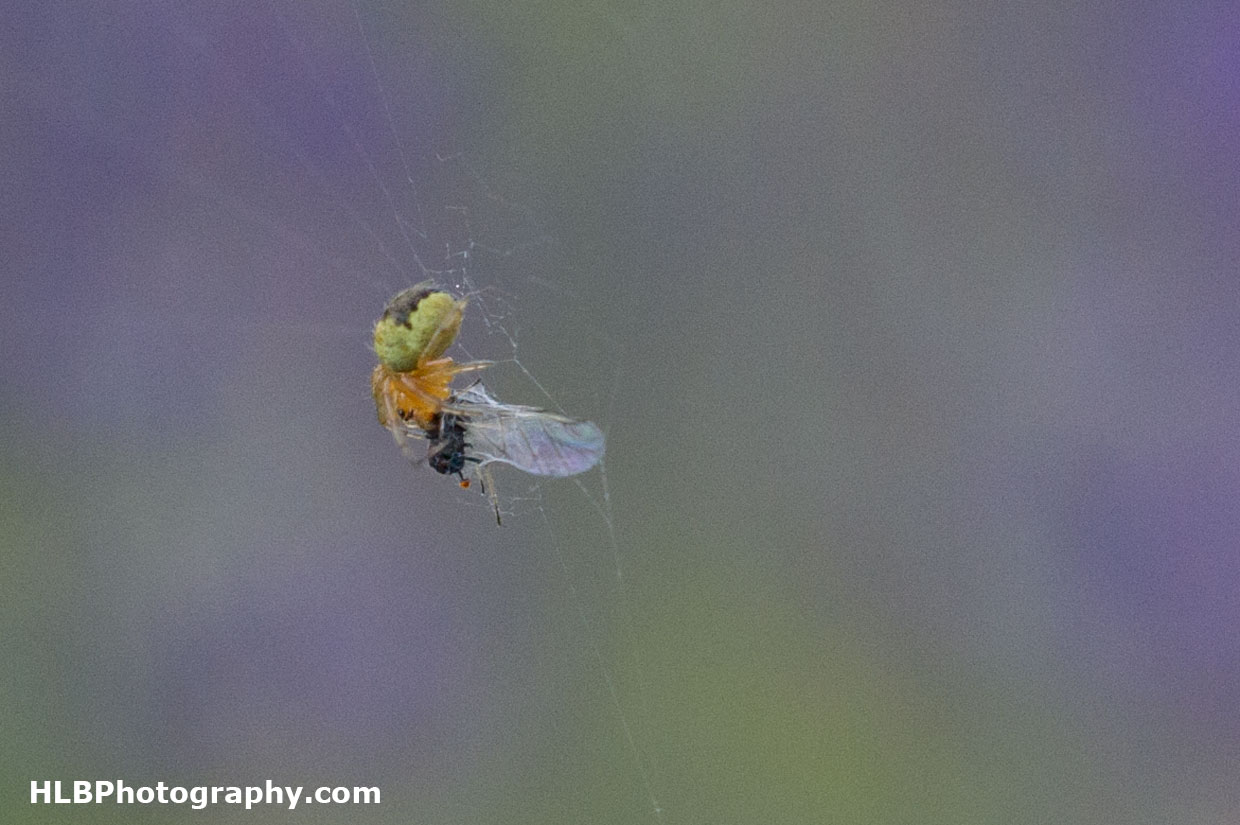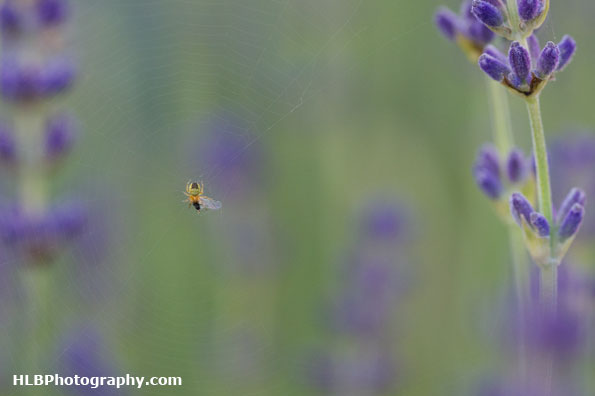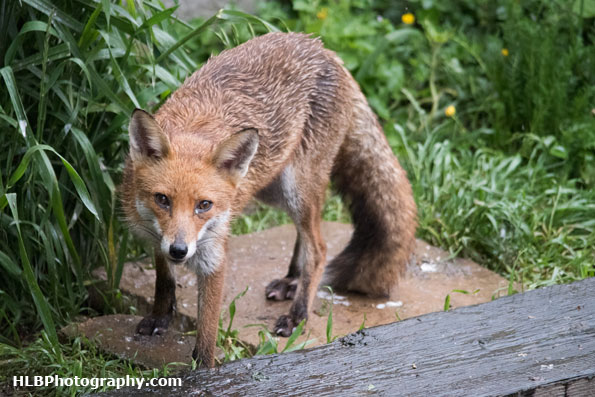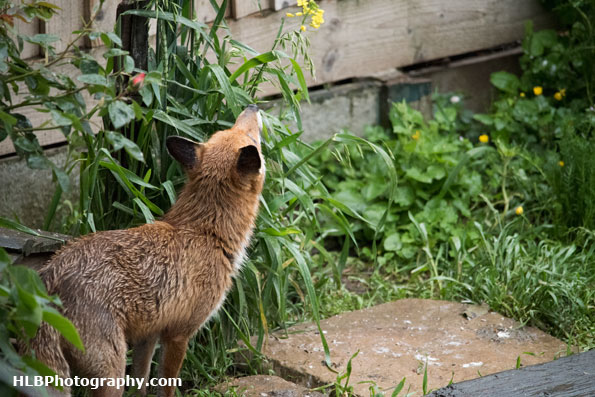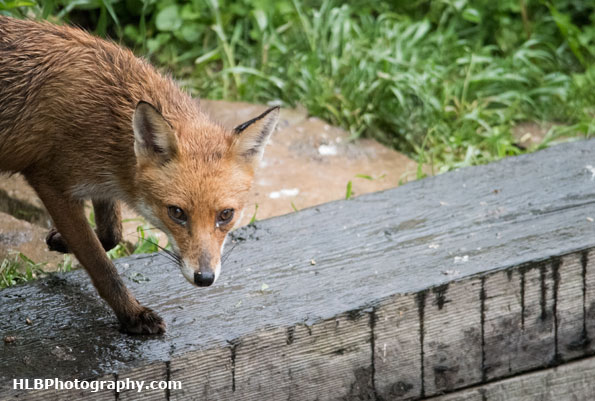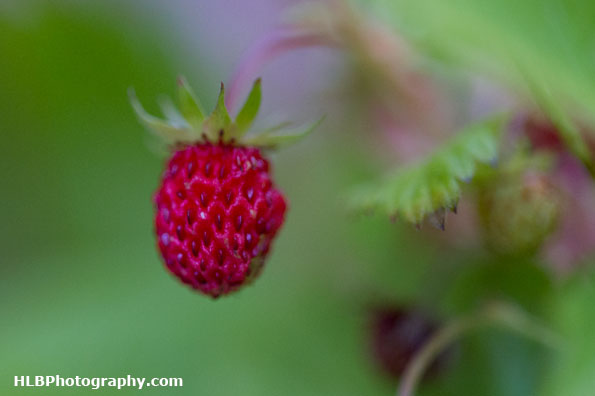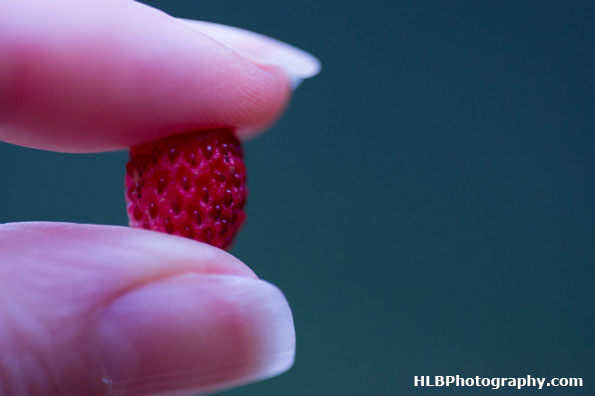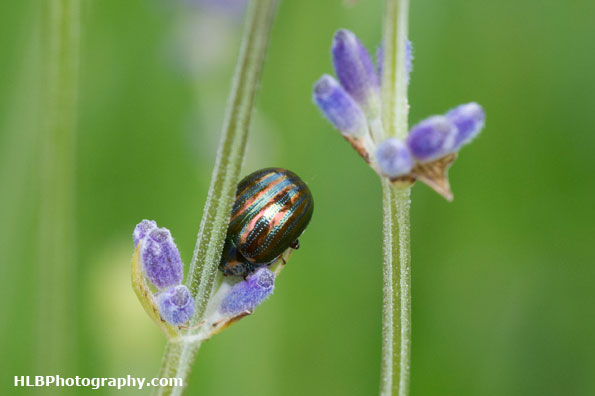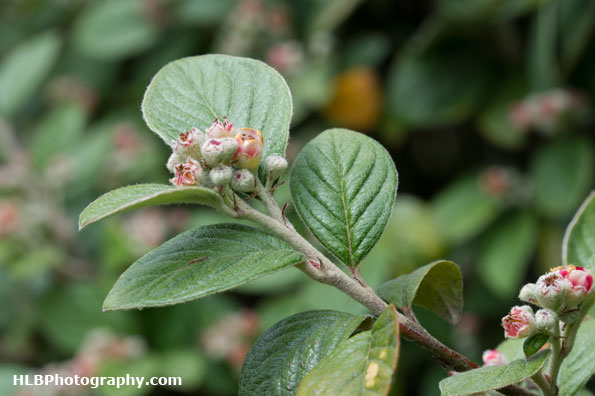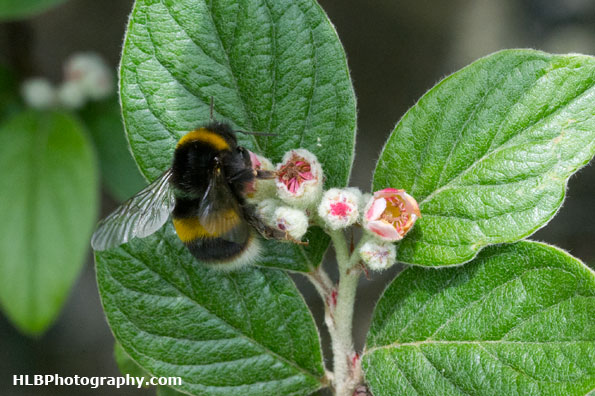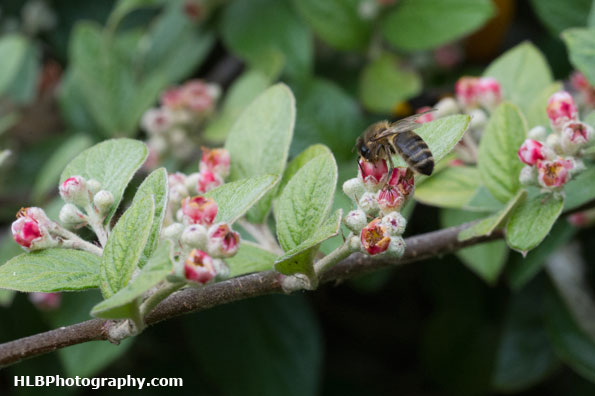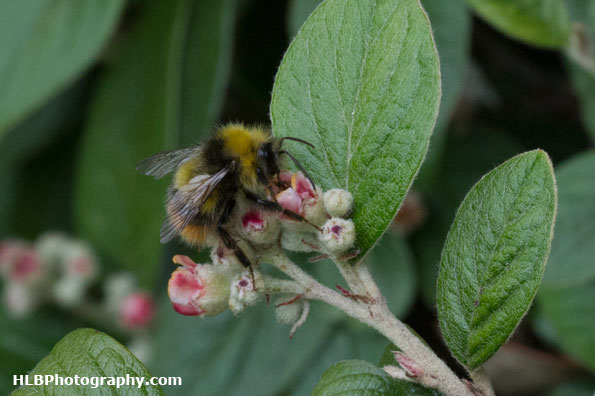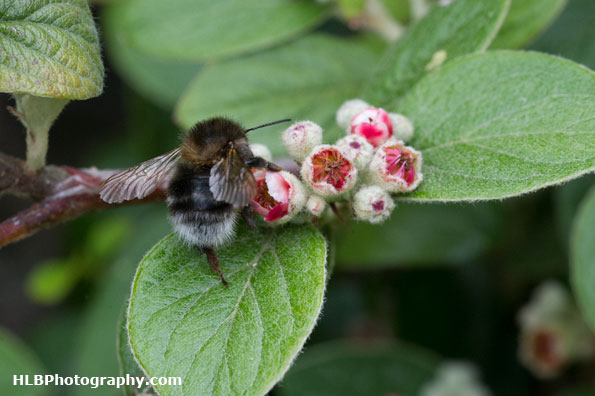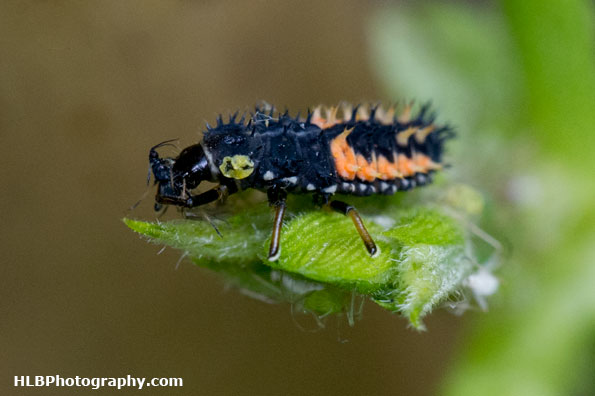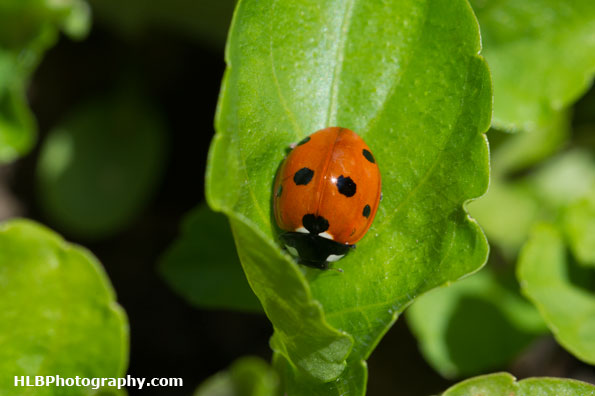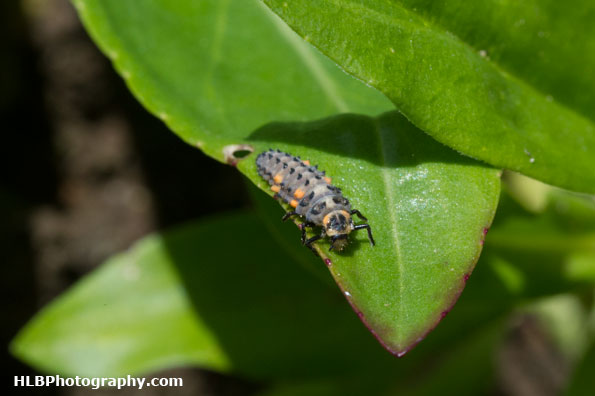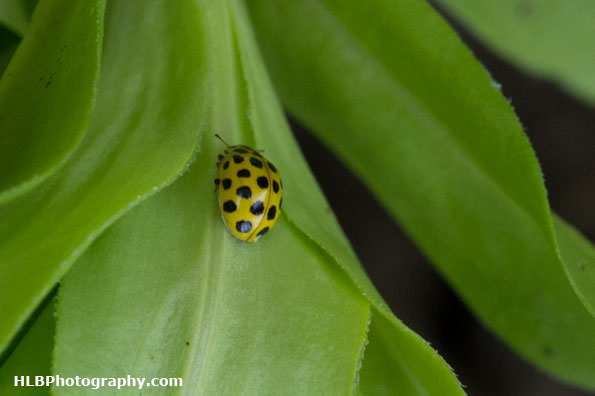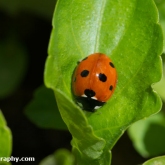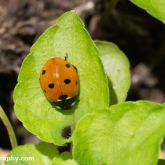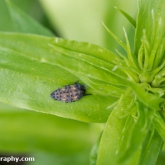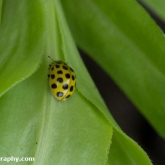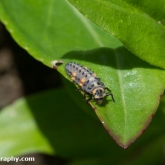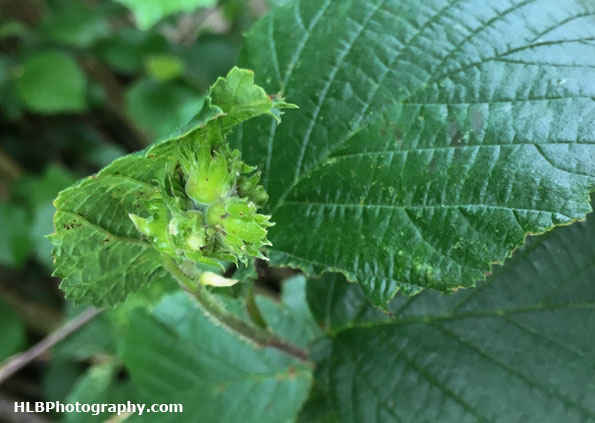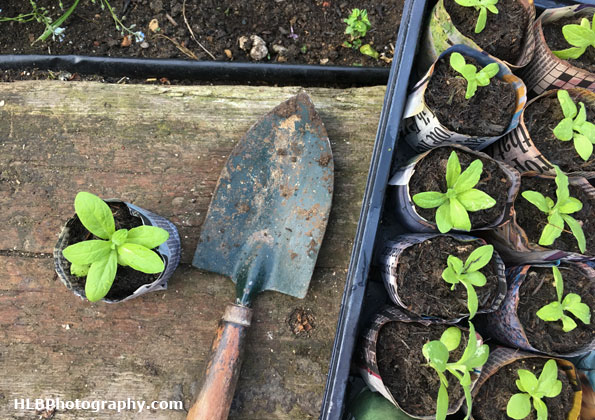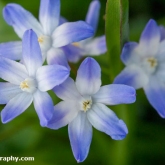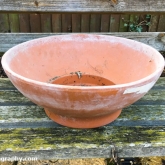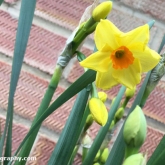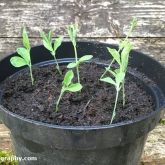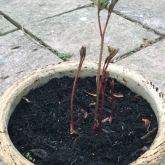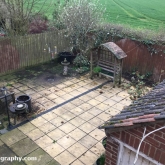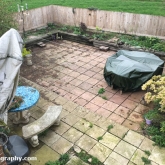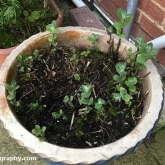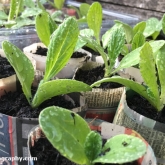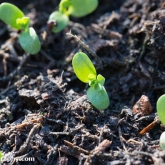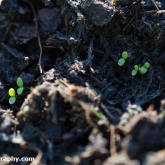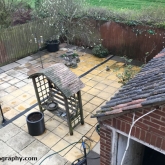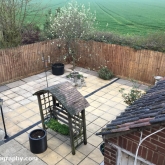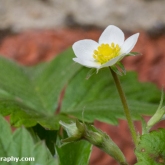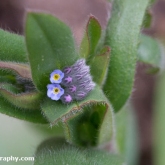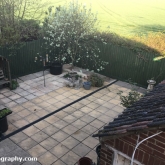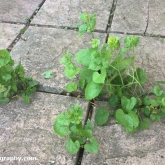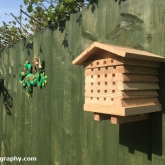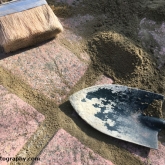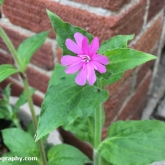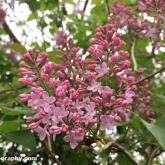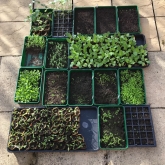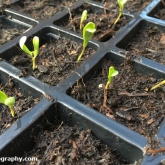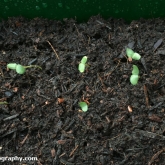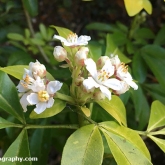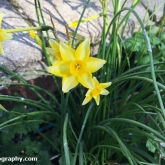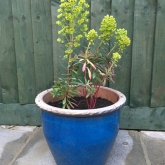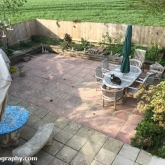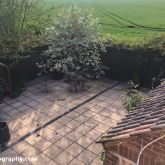This month I have concentrated on trying to get the garden into a tidier/cleaner state for the planting out of the flowers when they are ready. It has meant a lot of work so other aspects have suffered a little!
April 1st – the basil has started to grow 🙂
April 2nd – as it is meant to be frosty for the next few nights I thought I would leave my cowslips and garlic mustard outside to ‘chill’. They are meant to have a period of cold to start germination so I thought it can’t do them any harm as they don’t seem to be doing anything anyway! I tidied a little more of the glasshouse and found another five terracotta pots I will be able to use. They will all need a bit of a clean, I just need to work out if I have any shorter plants which I can put in them; probably birdsfoot trefoil and sweet williams.
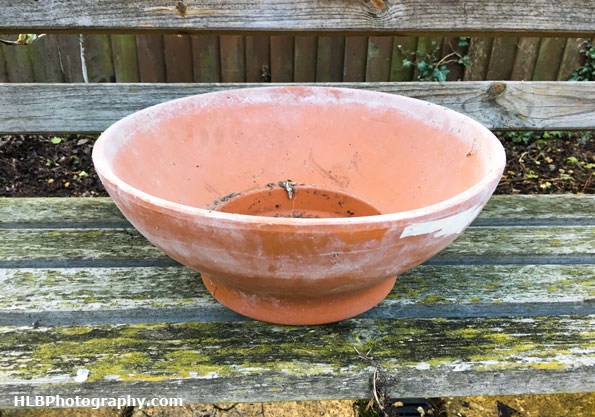
April 8th – tonight I potted on some of the sweet pea, sunflowers and borage. I know I should have probably potted on the sweet peas earlier but I wasn’t sure where to pot them on too! I knew I needed a deeper pot, I still have more that need rescuing from their small trays.
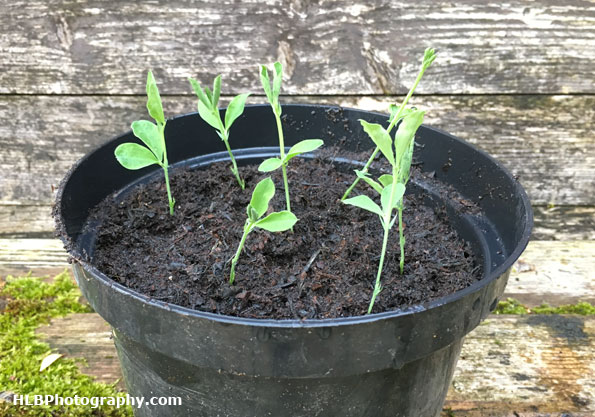
Last year I removed a purple/red coloured steamed plant from the raised bed as it was in the way of the bird feeder! I put it in a pot as no one knew what it was – thanks to @porridgebrain on Twitter who posted an image of her peonies I discovered what it was! It is still alive! I have removed all of ‘weeds’ from its pot and moved it to a sunnier spot – I plan to put it back into the raised bed but in a more suitable location.
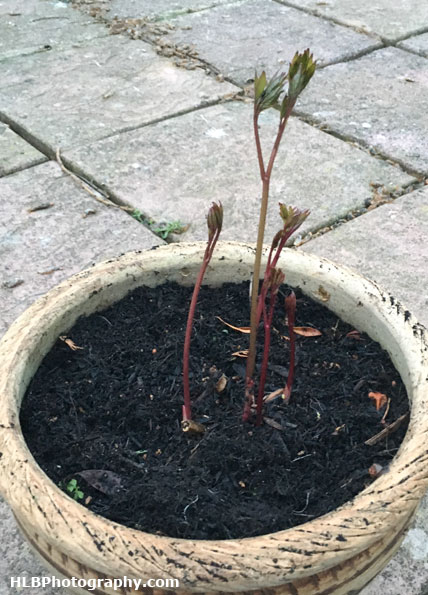
April 9th – This evening I decided I needed to take some images of the garden before I started to tidy/clean. It does look a bit of a mess and its starting to make me stressed! I know gardening isn’t meant to create stress it is meant to reduce it, but when there is so much to do it gets a bit much.
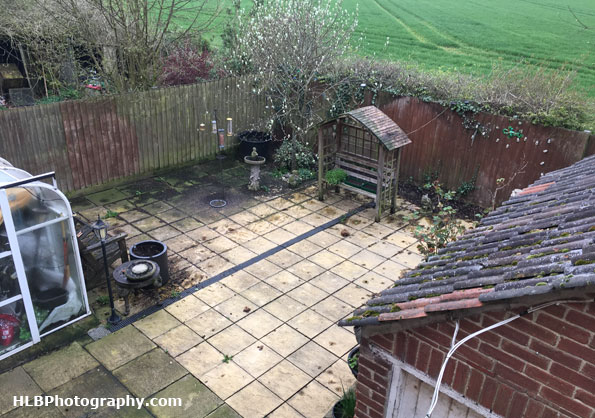

I also potted on more of the borage and removed the ‘weeds’ from all the pots in the left garden. The mint looks much better now I can actually see it is growing; I think it will need to be re potted this year.
April 10th – I finished potting on all of the borage today; I think I should have potted them on when they were a little smaller. I have 73 plants in total. I was going to sow some more though I think that will probably be more than enough for this year!
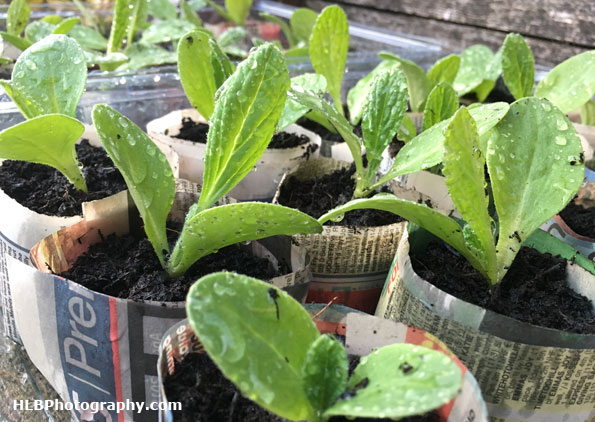
April 11th – my common fleabane has started to sprout 🙂

I have only just thought about taking photos of my seedlings so I know what they look like in future years – I hope the flowers will seed themselves in the garden so next year I need to know what they look like so I know what is growing!
April 12th – So today I jet washed the left side of the garden’s patio; it only took 10 hours!!

April 15th – the mint has started to grow 😊 I have sown more rudbeckia as for some reason it hasn’t germinated.
April 16th – sowed red campion, tall marigolds (I collected seed form the garden last year so I don’t know exactly what they are!) and perennial flax seed which I also collected from the garden.
April 18th – painted the left fence, ‘weeded’ the raised bed and one of the love-in-the-mist has sprouted.
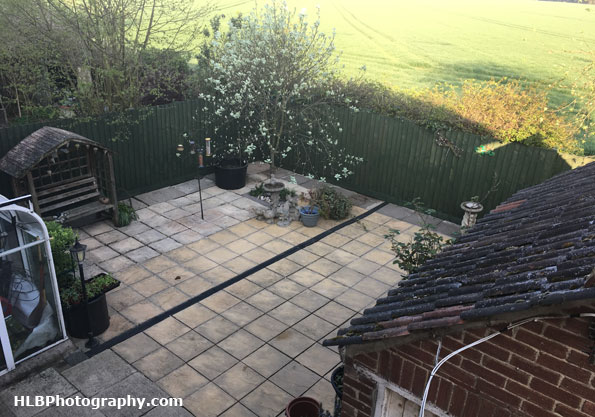
April 19th – was also a busy day, I moved the garlic mustard from growning in the right hand patio to the raised bed in the hope that it will survive, jet washed the patio, looked at repairing the garage guttering so a water butt can be fitted; we had to remove one of the branches from the hazel tree as it had caused the guttering to break. I also potted on 62 cornflowers, potted on the rest of the sweet peas and put up a bee hotel 🙂
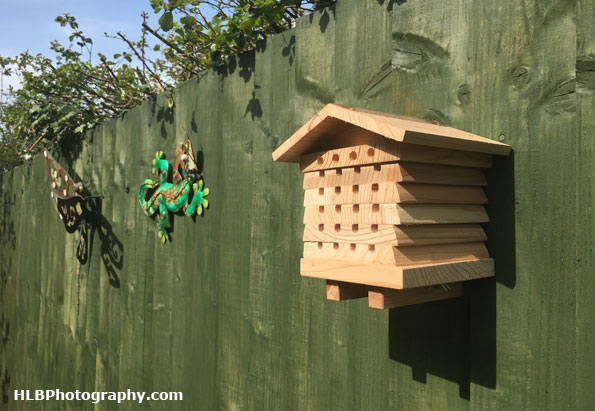
April 20th – I concreted 90% of the right hand patio – it took all day!
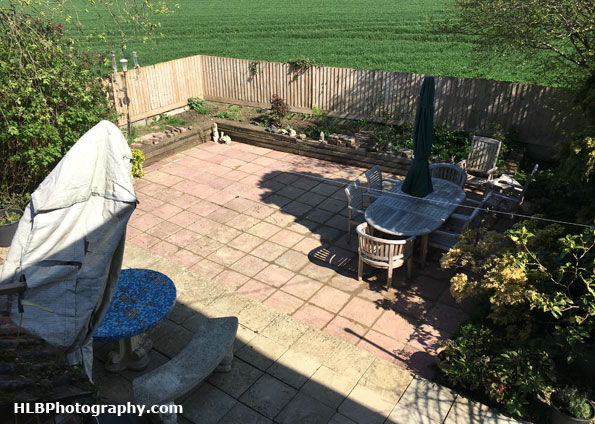
April 24th – Potted on 37 cornflowers and 33 teasel, the marigolds, red campion and the new batch of cornflowers and rudbeckia have sprouted. I wasn’t expecting the perennial flax to germinate but it is doing quite well.

April 25th – Potted on 36 teasel and 21 sunflowers.
April 26th – Tonight I tweeted a photo of a tiny daffodil looking flower that is located in one of the window boxes. @Mark_Couper replied to let me know they are daffodils; a variety called ‘new baby’. At least now I know what to do with them when they are relocated out of the window box, as at the moment they are surrounded by ‘weeds’ and very little compost!

April 27th – today I visited a nursery sale with my Mum. We went last year; this year I was going with a list of what I wanted to buy. I managed to find only one plant on my list echinacea, I did also buy martin’s spurge as I thought it would look nice against the green of the fence and also add some foliage in the winter as I believe it is evergreen.
April 29th – tonight I concreted where my potted plants are going to go so I will be able to start moving them about later in the week. It will be nice to know some are planted up and are ready to just grow! I have a few large pots that I assume had shrubs delivered in them, the pots have been kept for years so I have started to utilise them. They aren’t the most attractive; black with handles on the them but I intend to hide them behind the more ‘attractive’ pots! Tonight I put some borage in one of them. I have probably made a mistake when putting 3 plants in one pot as I have read they can grow rather large, I think it might just be trial and error this year! I also thought I probably needed to plant out the Martin’s spurge as their roots were coming out of the bottom of the pots. I know they will expand and fill the pot; maybe when they do they can be separated into two pots. By potting the plants out it meant I had some more small pots I could then use for potting on the remaining sunflowers 🙂
Also throughout this month… the strawberries, field forget-me-not, garlic mustard, red campion, lilac and choisya ternata have all started to flower 🙂
So far this year; total number of plants grown from seed and potted on…
99 cornflowers
73 borage
27 sunflowers
69 teasel
